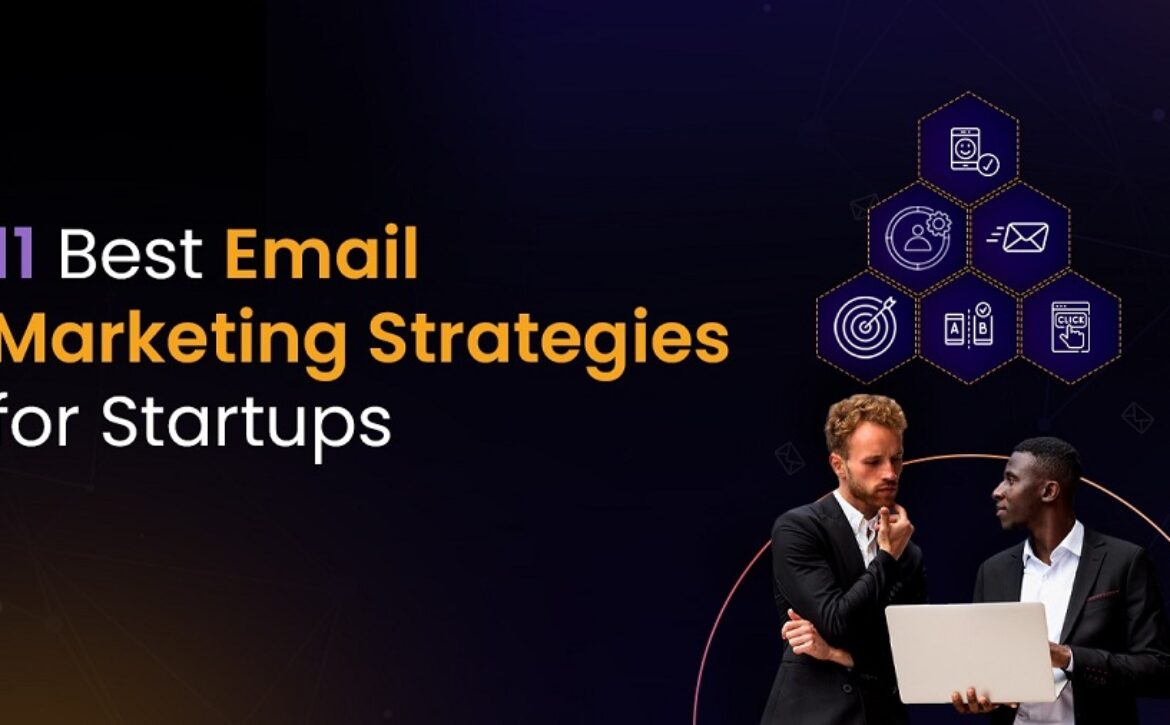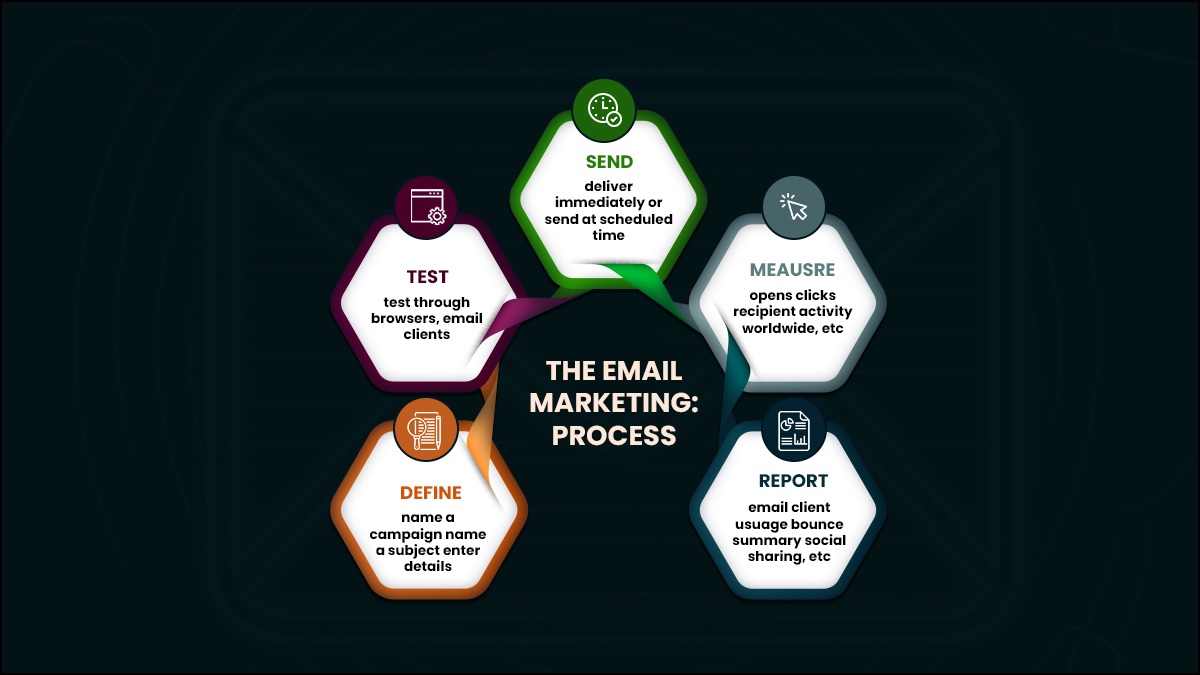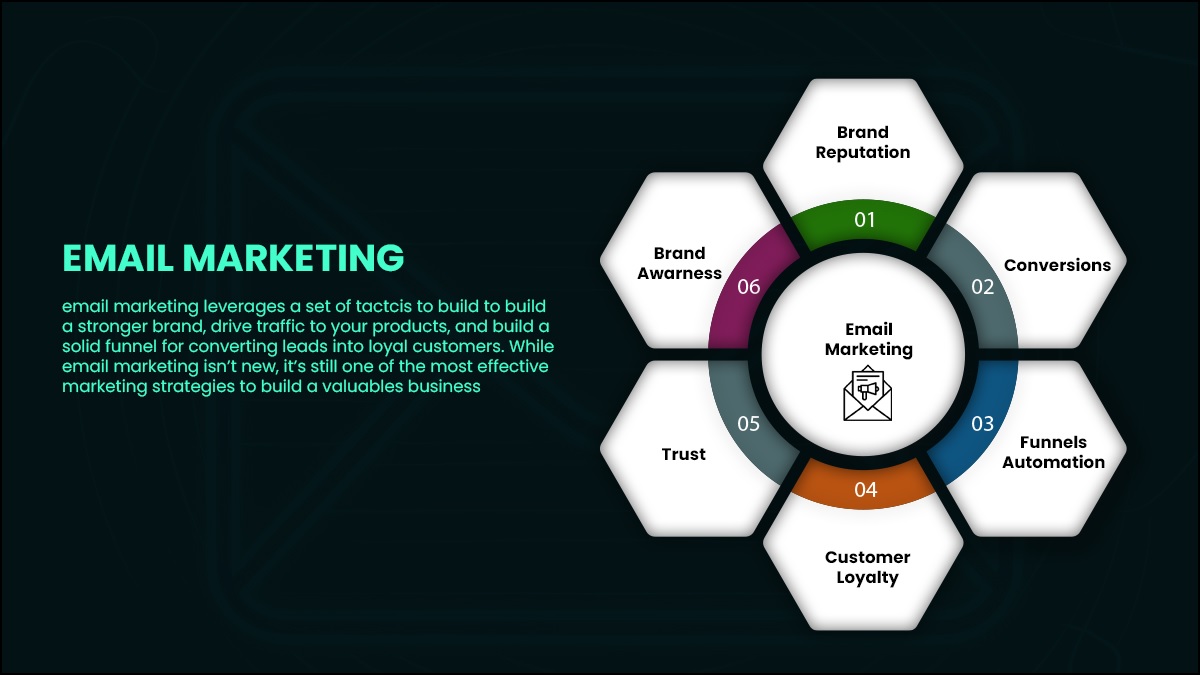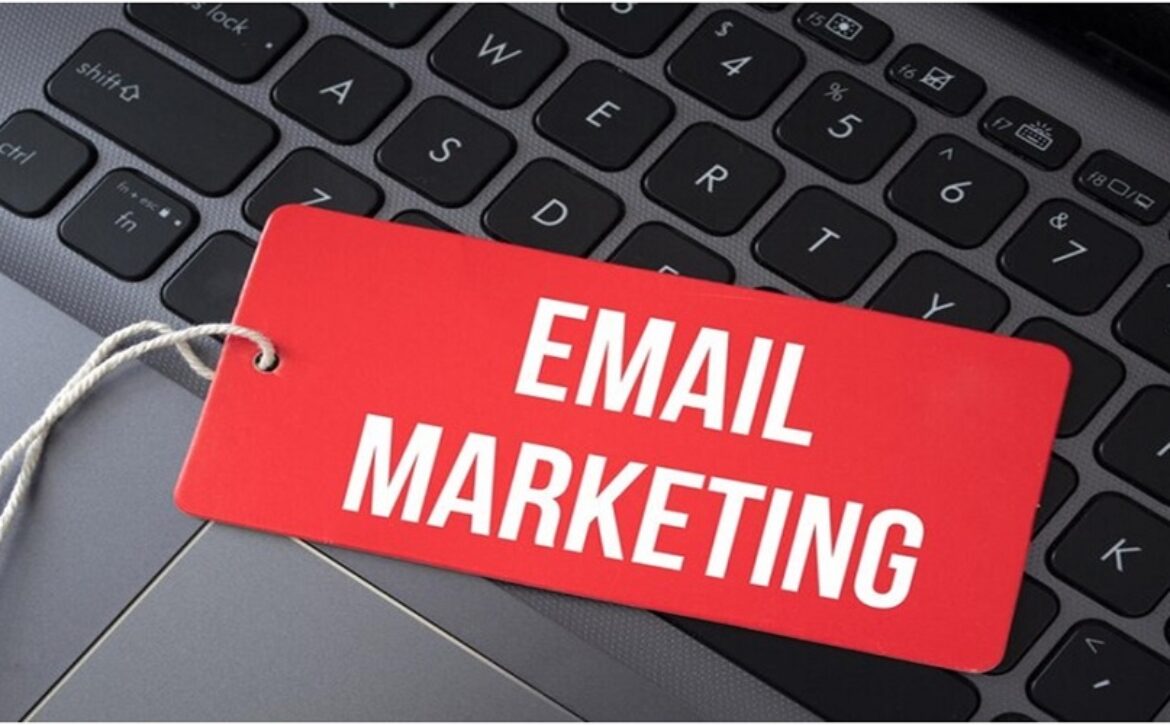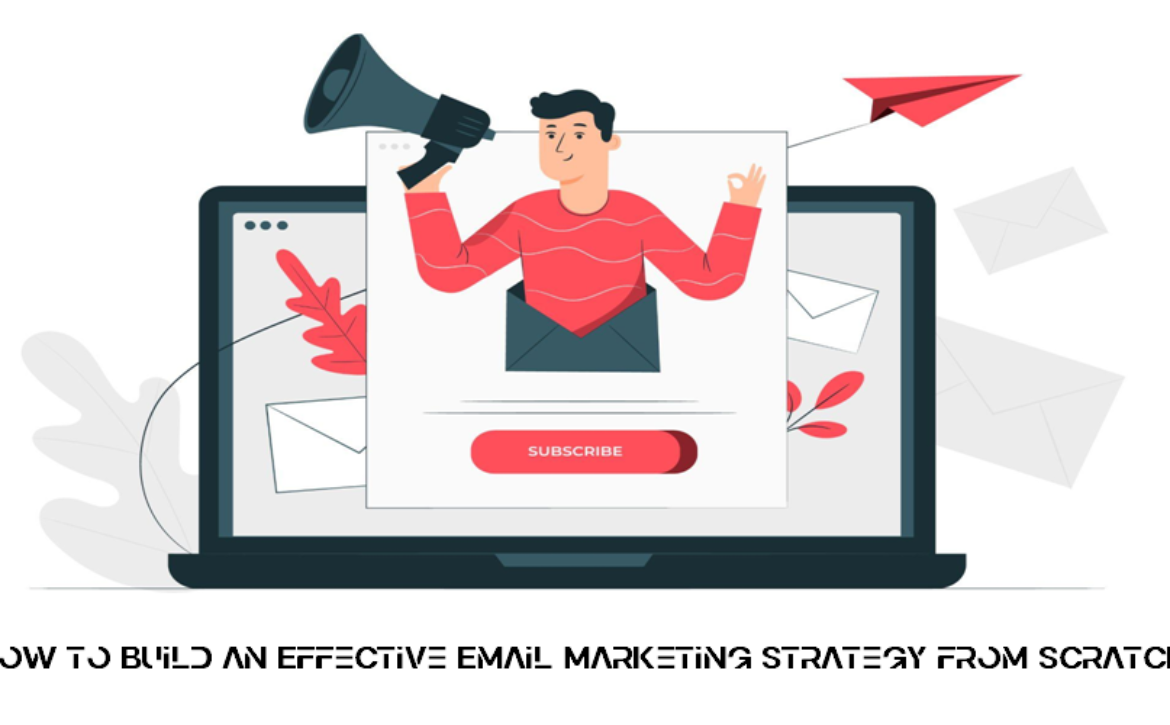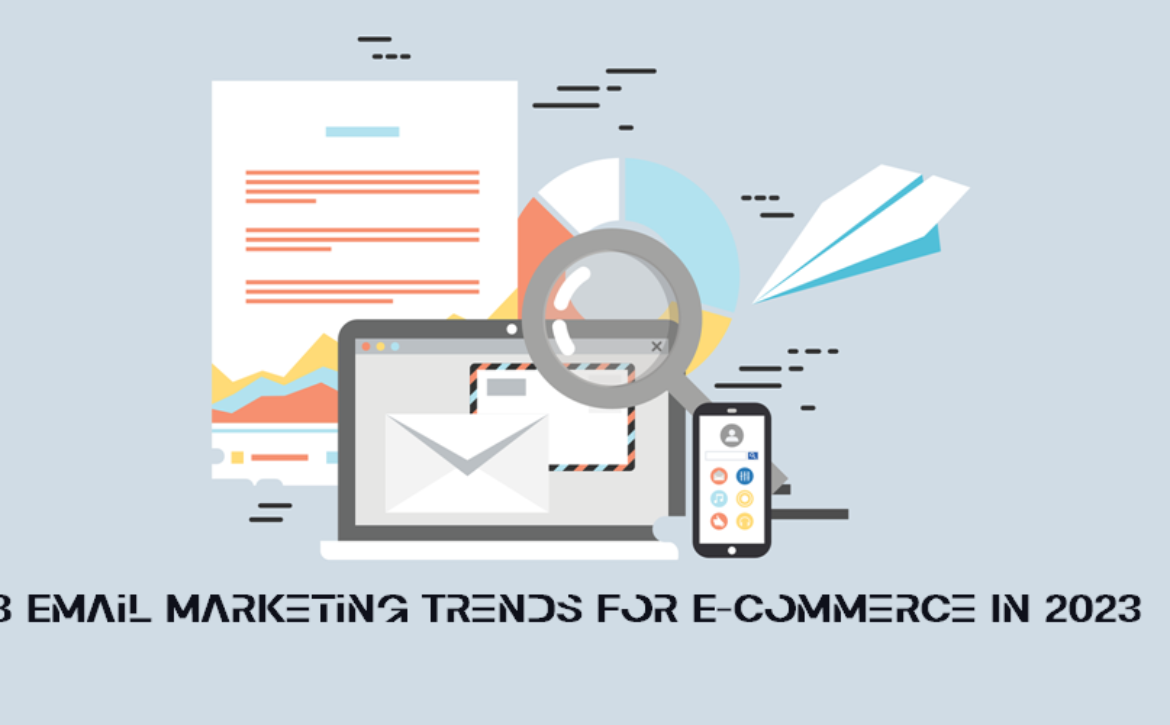11 Best Email Marketing Strategies for Startups
Email marketing has one of the most impressive ROI rates, with a $36 return on every $1 investment. It is a relatively older system compared to its newer marketing methods but remains the most effective. With 4 billion email users daily, email marketing for startups is the best way to reach your desired audience.
For startups, forming professional life-long relationships with their customers is important. Building an email list is vital for that; it is accessible, easy to use, and boosts businesses’ visibility. It is a great piece in the marketing and business puzzle that needs every marketer’s attention.
Nearly 37% of brands are increasing their email marketing budget after seeing the predicted $11 billion in revenue from the stream by 2023.
This blog explores top tips marketers can follow to bring visibility to their brand and effectively convert their leads into customers.
Importance of Building an Email Marketing Strategy for Startups
——————————————-
Email marketing for startups offers multiple benefits for new firms, including cost-effective marketing strategies, creating brand visibility, fostering audience loyalty, speeding up lead conversions, and boosting brand reputation.
It provides ample conversion opportunities if you follow a well-timed email schedule to connect with your followers. This can help you always stay on top of your clients’ searches and leverage the opportunity when they want to convert.
Additionally, you can gradually establish your brand as an industry leader and create trust amongst your followers while enjoying high ROI rates.
How Can You Build an Effective Email List for Your Startup?
——————————————-
Making a dependable, accurate, and verified email list is essential for a successful email marketing campaign. This list should ideally have all the contact details of your target audience that you can use to reach them via email.
A good list is the backbone of your email marketing campaign as it decides the number and quality of potential clients your emails will reach. There are multiple ways to collect this data, including tailor-made, highly customizable email lists. Let’s take a look at some of them.
Permission-Based Sign-Up Forms
One of the most straightforward ways to get your target audience’s email details is to ask them.
Permission-based sign-up form, or an opt-in form, is a consent page where interested users sign-up to know more about your brand, upcoming projects and show overall interest in your company.
Exit Intent Pop-Ups
Exit intent pop-ups are typically used when a website user seems to be leaving your website.
Generally, this exit popup window will have a strong CTA or an offer that gravitates users to provide you with their information. Although, exit popups appear based on the cursor movement and are not the right option for tracking mobile users.
Discount and Deal Offers
Discounts and deals are one thing that every client appreciates, especially if they are B2B businesses looking for a product that fits their budget. Offering lucrative discounts and deals on your products in your target audience’s email is a great way to collect their email and build your dataset.
Squeeze Pages
Squeeze pages are a form of capturing leads where they solely focus on information collection.
These pages often use several persuasion techniques such as incentives, scarcity, and a simple design to get clients to opt-in to their email marketing.
These pages’ main and only task is to capture your leads’ information with the help of a single CTA focused on getting customer information.
Social Media
Social media is an underdog when collecting email addresses for your email list. There are multiple channels that marketers can use to connect with their audience while simultaneously gathering emails.
Holding contests with exclusive details via email, having gated content on Pinterest, holding Instagram contests, and much more can be done on social media to gather your lead’s information.
Exclusive Notifications
Send exclusive push notifications on your lead’s device with offers and deals they cannot refuse. At this stage, keep the offer gated behind your email address and send it to them directly in their inbox.
Loyalty Programs
Loyalty programs depend entirely on the rewards your leads can get if they opt-in for your services. It is a peek into their future, where they can get great offers and discounts on your product upon becoming a loyal customer.
This method requires a clear message describing your page’s offers and ways to earn rewards. Then asking the lead to sign up for the offer via their official email address will help you source their information for your list.
11 Effective Email Marketing Strategies for Startups
——————————————-
Email marketing has the potential to be a game-changing strategy for startups. For it to succeed, it is vital to follow some top tips and best practices to ensure your emails are delivered to the right person, opened at the right time, and acted upon immediately.
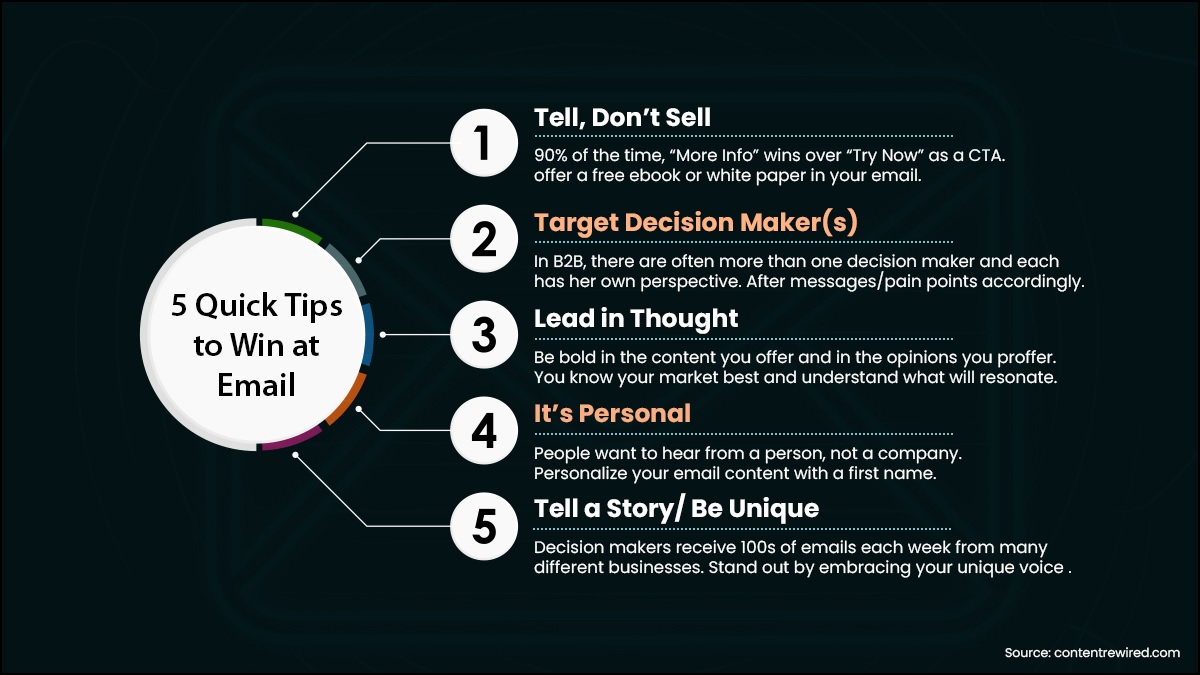
Let’s explore 11 effective email marketing practices to achieve this goal.
1. Set Clear Marketing Objectives
Defining clear objectives and understanding your end goal with any email marketing campaign is important. Make sure that your goals and targets are clear so that you can come up with the proper strategy and the need for the resources as planned as well. Setting clear and realistic goals will help you navigate email marketing with actionable ideas and account for your progress.
As a startup, some goals you can focus on are lead nurturing, increasing engagement with prospects, maximizing ROI, and offering value. Based on your selected goals, your focus should be increasing open rates, creating brand loyalty, or getting leads to sign up for events.
2. Decide on the Email Frequency
Deciding on a proper frequency to send the emails can help in ensuring that your messages make that necessary connection with the audience. This allows businesses to foster loyalty and also build connections with the leads.
There is not a fixed range for emails that one should follow. Businesses and start-ups should analyze data, their audience, and the marketing goals to set the frequency for their email marketing strategies.
3. Clean Your Lists to Remove Duplicate or Outdated Users
Outdated email yields close to zero results and leads time, resources, and workforce waste.
A clean email list ensures you can continue connecting with the leads interested in your business. Therefore, it is important to clear and scrub any duplicate or outdated data from your lists.
Custom-built email list providers ensure that all the information in your email database is verified periodically. During this time, all the information is updated, removed, or replaced for better email marketing for startups.
4. Leverage Email Headers and Subject Lines
More than 30% of the target audience is likelier to open an email with a good subject line. Your email’s subject line is the first chance to make an impression on your audience. This small but vital step can heavily affect your conversion rates.
This line should be short, straight to the point, and not give away too much. Using only key terms that will get your audiences’ attention here, ideally in less than 50 characters, is advisable.
A strong header should follow a good subject line. Many email marketers overlook it, but it is equally important. The section is seen directly below your subject line and must offer value by elaborating on the subject line and not repeating it.
5. Create a Personal Brand Touch
Optimize your email marketing efforts with a personal touch. In a heavily saturated market, telling your customers who you are and what you want to provide them is not enough.
Curate a brand identity that your audience relates to and wants to follow. This will help you establish yourself as an industry leader and get a loyal following.
6. Personalize Your Email Content
Make your audience feel special by personalizing the email you send them. This can be done in multiple ways by acquiring a well-segmented email database. Here, you may receive data segments such as profession, position, company, location, and much more. This will help you curate emails specific to an individual, making them feel special.
7. Make Your Email Mobile-Friendly
41% of email views come from mobile devices, while 39% come from desktops. While busy business people or conscious internet users may stray away from social media, they still use emails regularly and often throughout their day.
So, ensuring that your email marketing for startup can easily be accessed on mobile screens with an optimal viewing experience is important. You may use shorter email subject lines that fit mobile phones. Also, make your CTA noticeable for easy action.
8. Have a Strong and Catchy CTA
Having a strong call-to-action button ensures your leads take action in your desired way. It is a vital element in your email marketing cycle that rolls real conversions in for your startup.
An effective CTA command appears in the beginning, the conclusion, and near your product or service mentioned in the email’s body. This step also increases the chance of customers clicking on it and showing curiosity about your brand.
9. A/B Test Your Campaigns
A/B testing is applied in all email marketing strategies to test the effectiveness of your ongoing campaign. It analyses the strength of various aspects of your email campaign, such as the length of your copy, content coverage, value you provide, offer, format, and visual presentation of the email, along with the CTA.
The goal of A/B testing is to learn how even small changes in your campaign can affect its performance.
10. Track and Analyse your Ongoing Campaigns
Your work does not end with creating a marketing campaign. You must monitor its performance. Learning from an email campaign based on its performance in the market is vital to develop dependable email marketing for startups that is efficient and effective.
11. Avoid Spam Buckets
Spam filters catch nearly 15.8% of all emails, and they never reach your preferred leads. It is an important aspect of email marketing that you can address by using an opt-in email address and providing your audience with a clear way to unsubscribe.
Wrapping Up
Email marketing for startups continues to be the most effective strategy to reach new leads. Considering the above points, you can form a well-executed strategy that can turn your game and put you on top. It is vital to have clearly defined goals and research and resource-based investment. This will ensure a successful campaign.

